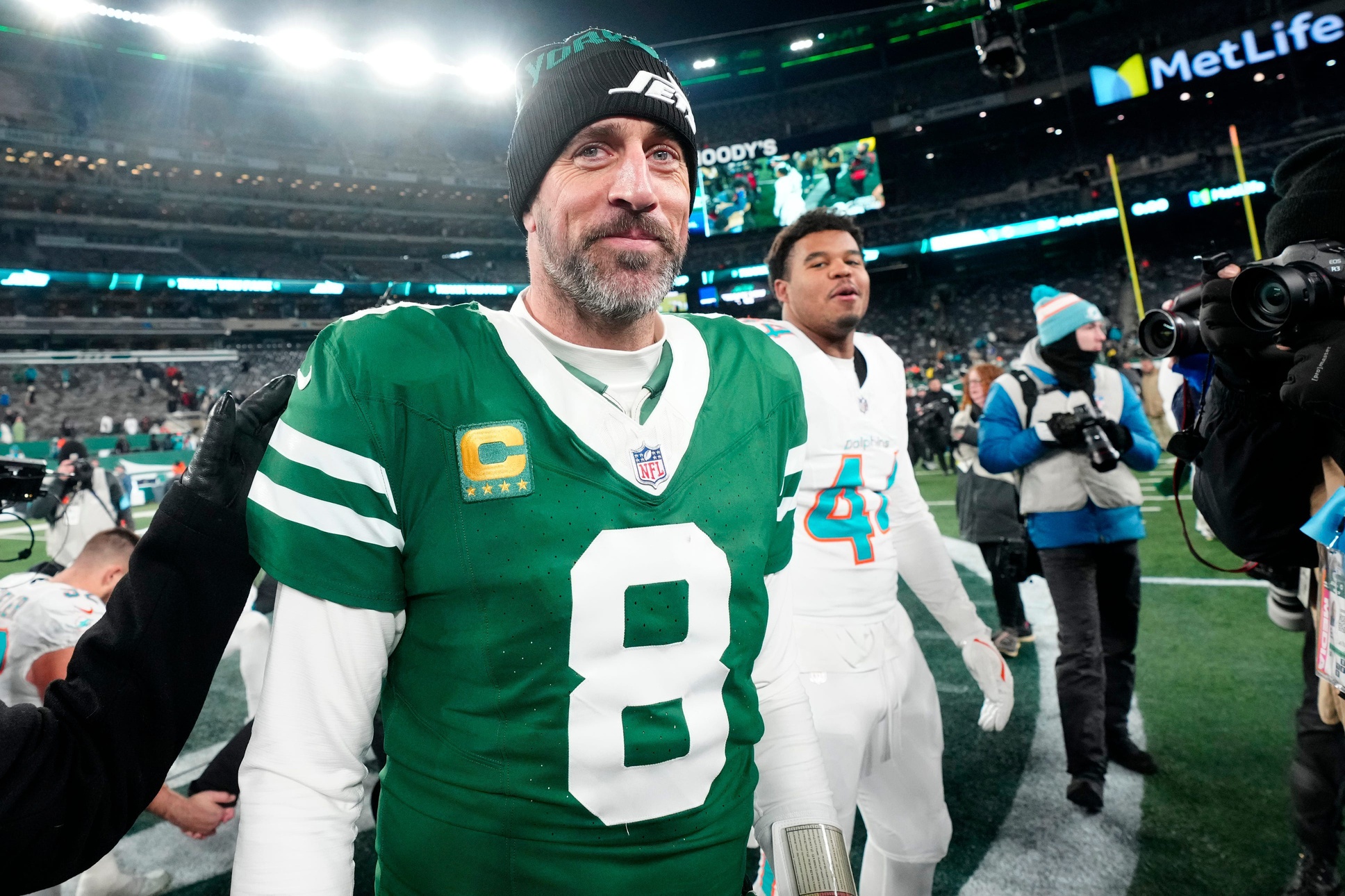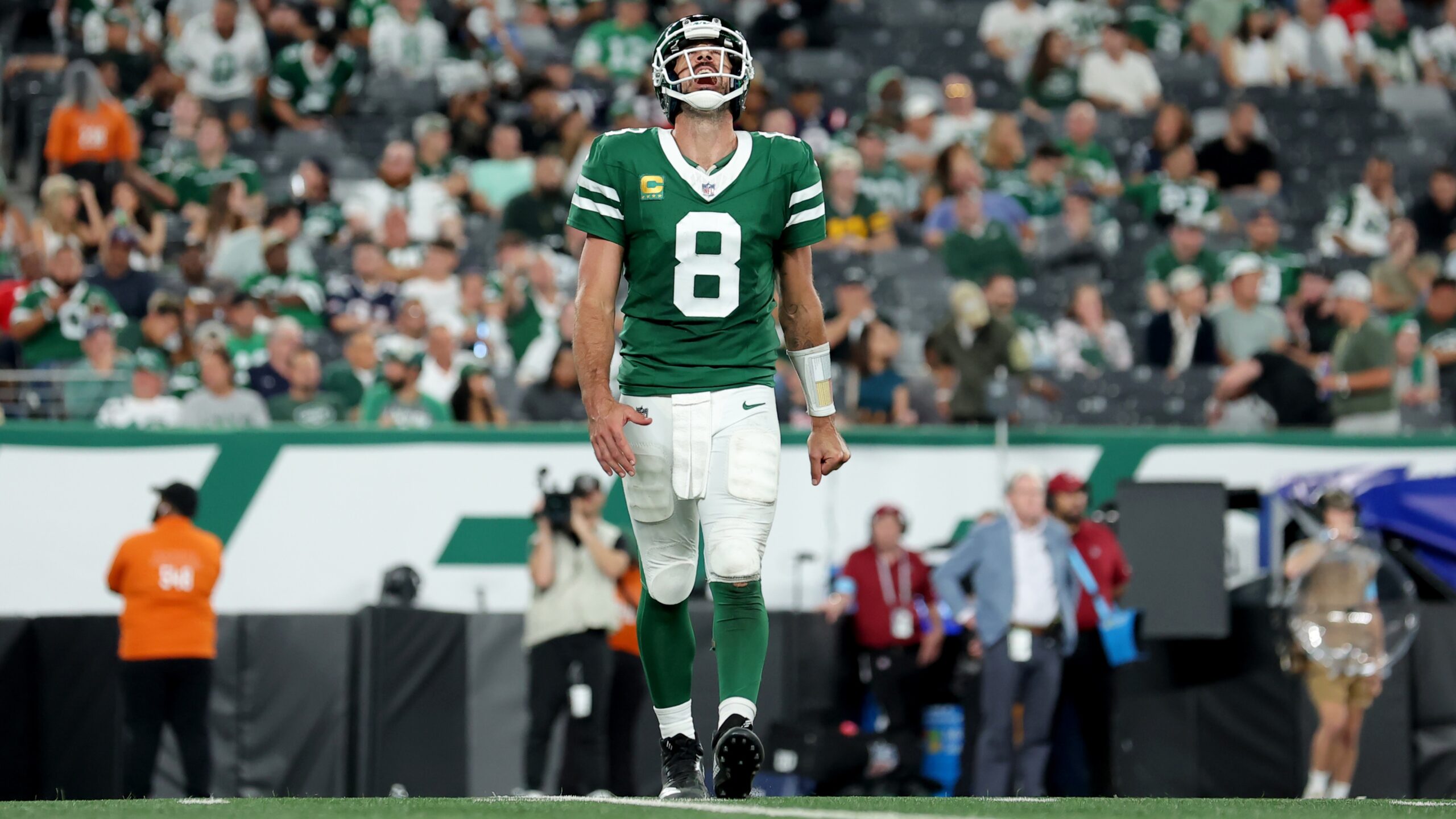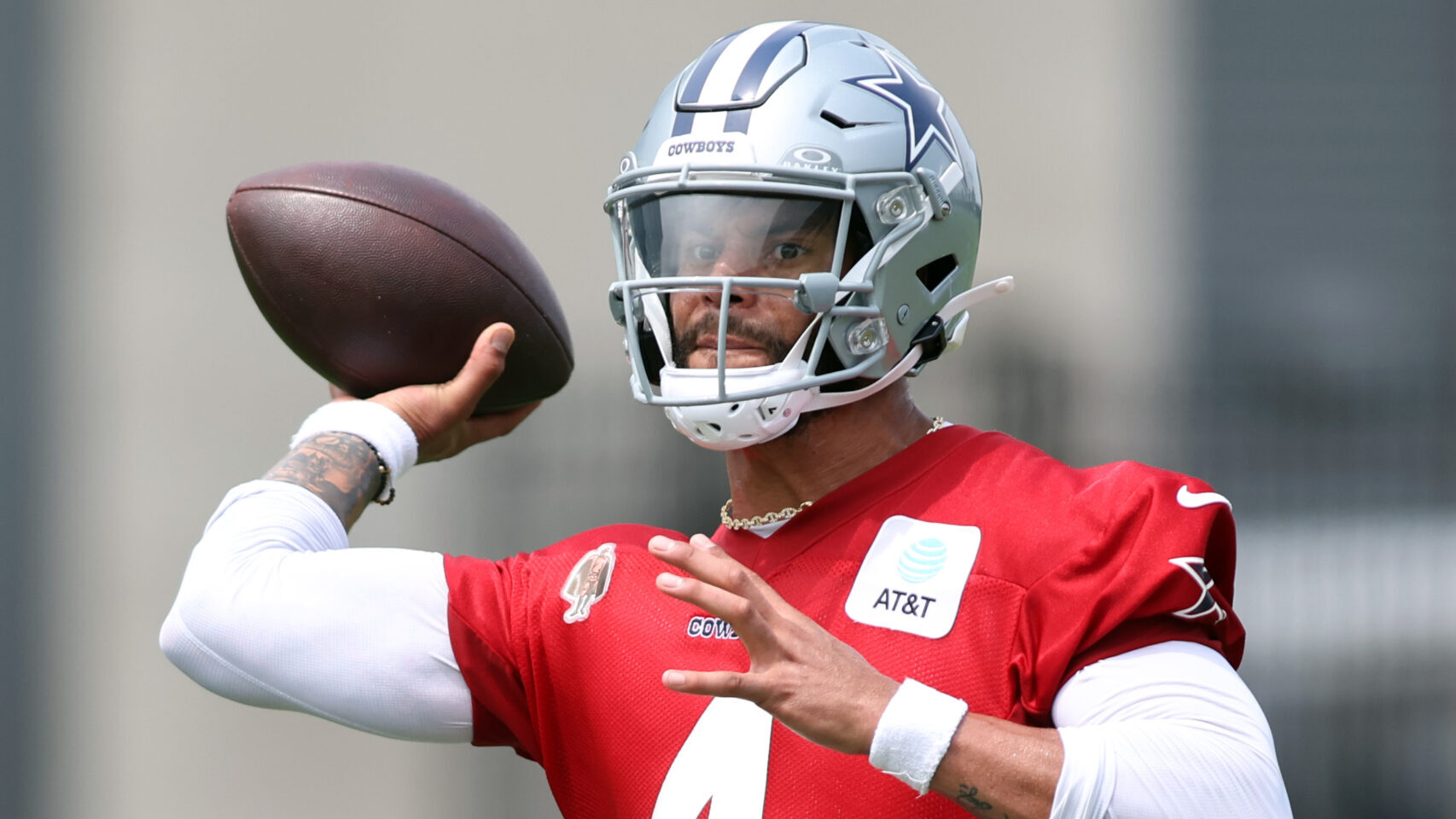Analysis
9/1/22
7 min read
The ‘Modern Nickel Back’ is the Most Important Defensive Position

As NFL passing attacks have evolved, so, too has the nickel back position.
This guy is a totally different player from when George Allen created the position back in the ’70s. He doesn’t even resemble the player who filled that role through the ’80s, ’90s and into the 2000s.
In the past, the nickel back normally was inserted on second or third down and was charged with covering basically a slot receiver. The slot receivers of yesteryear – the Troy Browns, the Wes Welkers, the Wayne Chrebets – were not big in stature, but they were quick and able to separate from the defenders.
That version of the nickel back doesn’t exist anymore. He has been replaced by what I like to call the “Modern Nickel Back.”
It’s no exaggeration to call it the most important defensive position on the field.
First, there aren’t many of those little, skittery slot receivers as there used to be. The guy that now is playing the nickel position in this 4-2-5 defense that most teams use must have an extraordinary skill set. He has to be more versatile than the modern corner.
Here’s why this is a difficult position: The offenses now don’t just leave their best wide receiver at the wide receiver position. The perfect example is what the Bills do with Stefon Diggs. He not only plays out wide, but in their spread offense, he may be in the slot or he may be all the way inside in the third position from the outside. Because he’s a big, fast receiver, this pressures the inside defenders. The corners basically go to cover whoever’s out there the widest.
It’s all about the response to the changing of where the offensive threats are deployed. In the old days, if you deployed a guy in the three spot a linebacker was covering him. If you put a linebacker on Diggs, wouldn’t the Bills like that the whole time?
The modern nickel back has got to have the ability to not only run support but also to cover these high-powered inside receivers. And, oh, by the way, you might get a guy like Tyreek Hill, too. What’s happened in the NFL is the base defenses have gone from four-back secondary to the usage of a fifth defensive back upwards of 80 percent of the time. There are still teams that have a little base defense in there, but most teams in the league are playing a nickel a high percentage of the time.
The guy they inserted into this defense basically replaced one of the linebackers. There are only two other linebackers in the game, and the nickel back is more of a versatile guy with good size. He’s strong, and he has speed.
Back in the day, quickness was a premium and size and strength were not. But now, with the 4-2-5 defense, the emphasis is on the No. 5 back, who is stationed kind of in a strong safety position. He’s not in the deep secondary. He’s in the second tier of defense. He usually replaces the strongside linebacker because that’s where he’s usually playing.
He must have the ability to cover, tackle, be physical, and be a good run support man, and yet he still must be able to run with speed receivers. The offenses no longer just leave their big wide receiver at the outside position. They insert that player in all different positions. So, he might be in the one spot, which is the widest; he might be in the two spot, which we used to call the slot.
He might even be all the way in the three spot, which is near the tackle area, a position usually occupied by a tight end. But some of these tight ends are so big and fast now that covering them pressures inside defenders to have a different skill set than they had years ago. The big, fast receivers and the big tight ends like Kyle Pitts, Darren Waller, Travis Kelce and Mark Andrews have to be covered. Linebackers and old-school-type strong safeties have a hard time with those matchups.
We need a player that not only can run support and be physical because he’s in the second layer of the defense that assists the front in their controlling of the running game and also deal with the jet sweeps that teams like the run, but he also must be able to cover the little quick guys and the big fast guys. In addition, he must be intelligent to know what to do when the offense goes to these bunch sets, where they put three receivers in close proximity and then, on the snap, disperse them in different directions. Depending on how the defense is covering those bunch patterns, this guy could be matched up on the opponent's fastest receiver, so he not only has to run vertically with that receiver, but he has to be able to cover the over routes across the field by that receiver.
I’ve talked to both Bill Belichick and Mike Zimmer about the modern nickel back. Aqib Talib’s name came up as being a really good player at this particular spot. I had a player in Dallas named Darren Woodson, a 215-217-pound guy with corner skills. He could cover tight ends and wide receivers. Another guy that comes to mind is Ronnie Lott. He came into the league with the 49ers as a corner, and he moved to safety. He was a good tackler and had all those requisite attributes.
LeRoy Butler, a strong safety recently inducted into the Hall of Fame, was another one. So was Dennis Smith, who played safety for the Broncos. Going back, there was Jack Tatum, who was 200 pounds and ran a 4.3 40. Going way back in the day, there was Kenny Houston, a Hall of Fame player for Washington. And going way back further, Night Train Lane had that skill set. He was like 6-3, 212 pounds and was the fastest guy when I was with the Detroit Lions in 1964.
By appearance, the current players that fit the description of the modern nickel back—though, unlike those mentioned above, I have not been on the field with these guys—are Minkah Fitzpatrick of the Steelers and Derwin James of the Chargers. This is based on just watching them play rather than personal experience with them.
Occasionally, the Rams use Jalen Ramsey as a nickel back. He has the size, at 6-foot-1 and 208 pounds, and the coverage skills to fit the part of the modern nickel back. He can play well in zone, in addition to man-to-man, and that’s another quality you need for that role.
The modern nickel back has got to be able to cover not only size and speed from the wide receiver position but also from the tight end position. And then, when they insert one of these little Tyreek Hills in there, he could wind up covering that guy.
He also must have a degree of intelligence, because he has to sort out these last-minute bunches where they motion a guy in and get to a three-tight trip set, and then they disperse all different directions.
Everybody doesn’t have a modern nickel back. This is a hard guy to find.
As told to Vic Carucci








